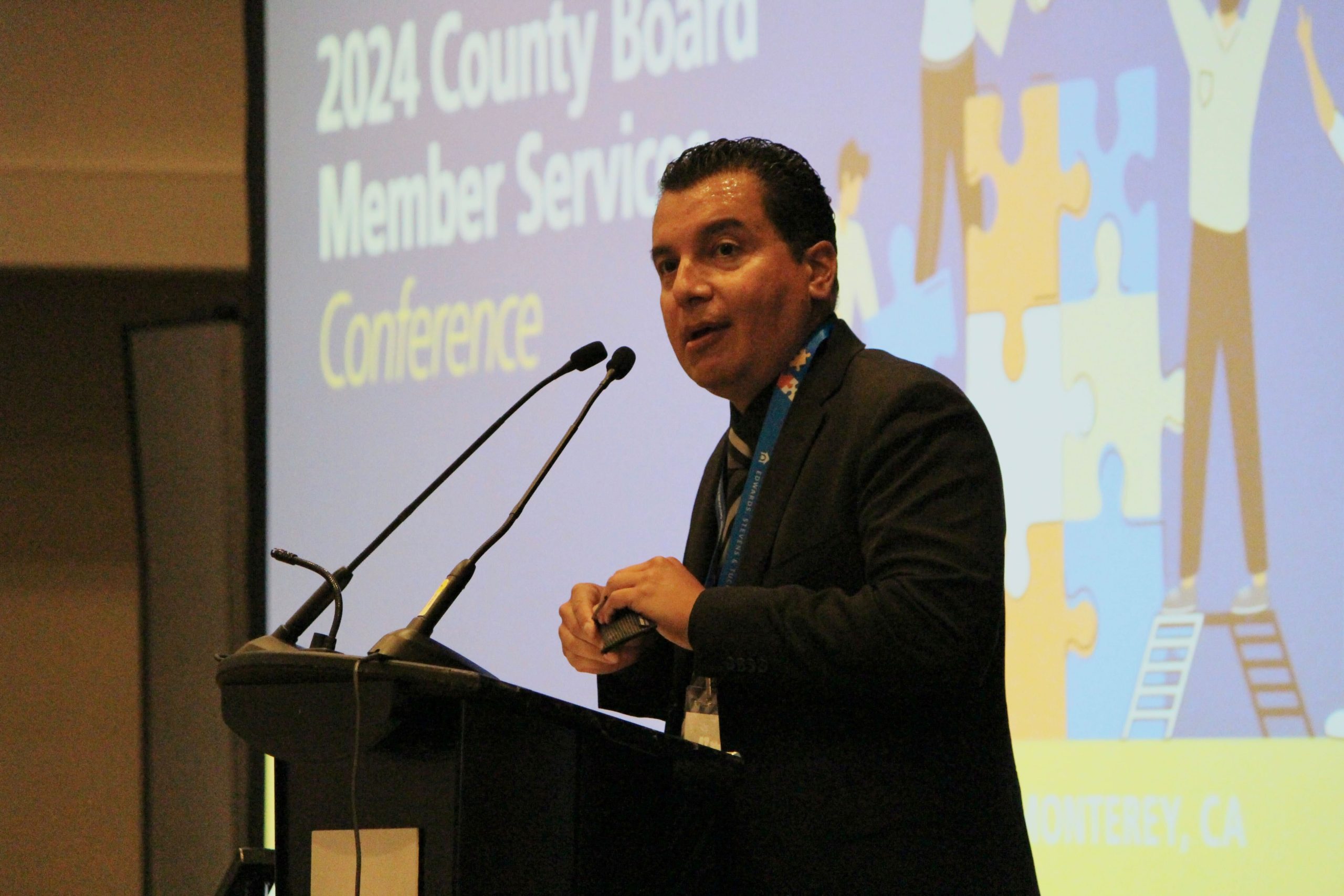After announcing lead partners and launching the program in November, the California Collaborative for Educational Excellence outlined the next steps for its Community Engagement Initiative at its Dec. 6 board meeting. The effort will include a series of multi-year professional learning networks that build district and community collaboration, with a focus on student outcomes.
Josh Daniels, CCEE director heading the initiative, said in his presentation (PDF file available here) that the timeline calls for an initial professional learning network to begin its work in late April or early May 2019 after a March nomination process. An additional five networks would launch in 2020-21.
Daniels said the key focuses for the CCEE during the process will be learning best practices and determining how to scale those to a statewide level, and finding effective methods to measure community engagement through the professional learning networks. “It’s more than just attendance at meeting,” he said.
The learning networks will be comprised of staff and leadership from the district, from school sites within districts and from the county office of education that oversees the district; as well as students, families and community members.
CCEE board Vice-Chair Tim Sbranti applauded staff for including school site personnel in the networks, as he said efforts sometimes focus on higher administrative levels but leave out principals, other administrators and teachers working with students day in and day out. Similarly, board Chair Sue Burr said her time as a member of the State Board of Education has proven how valuable the student perspective can be.
Representatives from the three lead partner agencies — the San Bernardino County Superintendent of Schools office, the California Association for Bilingual Education and Families In Schools — also attended the meeting and outlined their work in engaging community members, particularly those who have historically not been connected with their schools, district or county office of education.
In other meeting news:
- Burr acknowledged the Dec. 6 release of the new California School Dashboard, which for the first time identifies county offices of education for differentiated assistance. She said 31 county offices — more than half — are eligible for assistance. The CCEE primarily exists to assist county offices of education.
- CCEE Executive Director Tom Armelino updated board members on his travels and interactions across the state, notably an LCFF test kitchen workgroup focused on strengthening the Local Control Accountability Plan. The initiative, which has a next step of providing recommendations to the State Board of Education, is a collaboration between the CCEE, the California Collaborative on District Reform, Pivot Learning and WestEd. Armelino also recounted his visit to Butte County with Association of California School Administrators Executive Director Wes Smith and their tour of school districts after the devastating Camp Fire. The visit spurred discussion about what role the CCEE could play in assisting during and after disasters.
- A marketing and communications presentation by 2B Communications (PDF file available here) led to discussion about how the CCEE can best convey its goals and missions within the state’s System of Support. The variety of exposure and experience with CCEE has varied by entity, the consultants said, which has led to a lack of awareness and clarity about CCEE’s role and responsibilities.
- The CCEE thanked outgoing board member Michael Watkins for his service and held a luncheon in his honor. Watkins is retiring as superintendent of the Santa Cruz County Office of Education at the end of the month after his third term concludes, which means he can no longer serve on the CCEE board. Watkins worked in the county office of education for 37 years.





